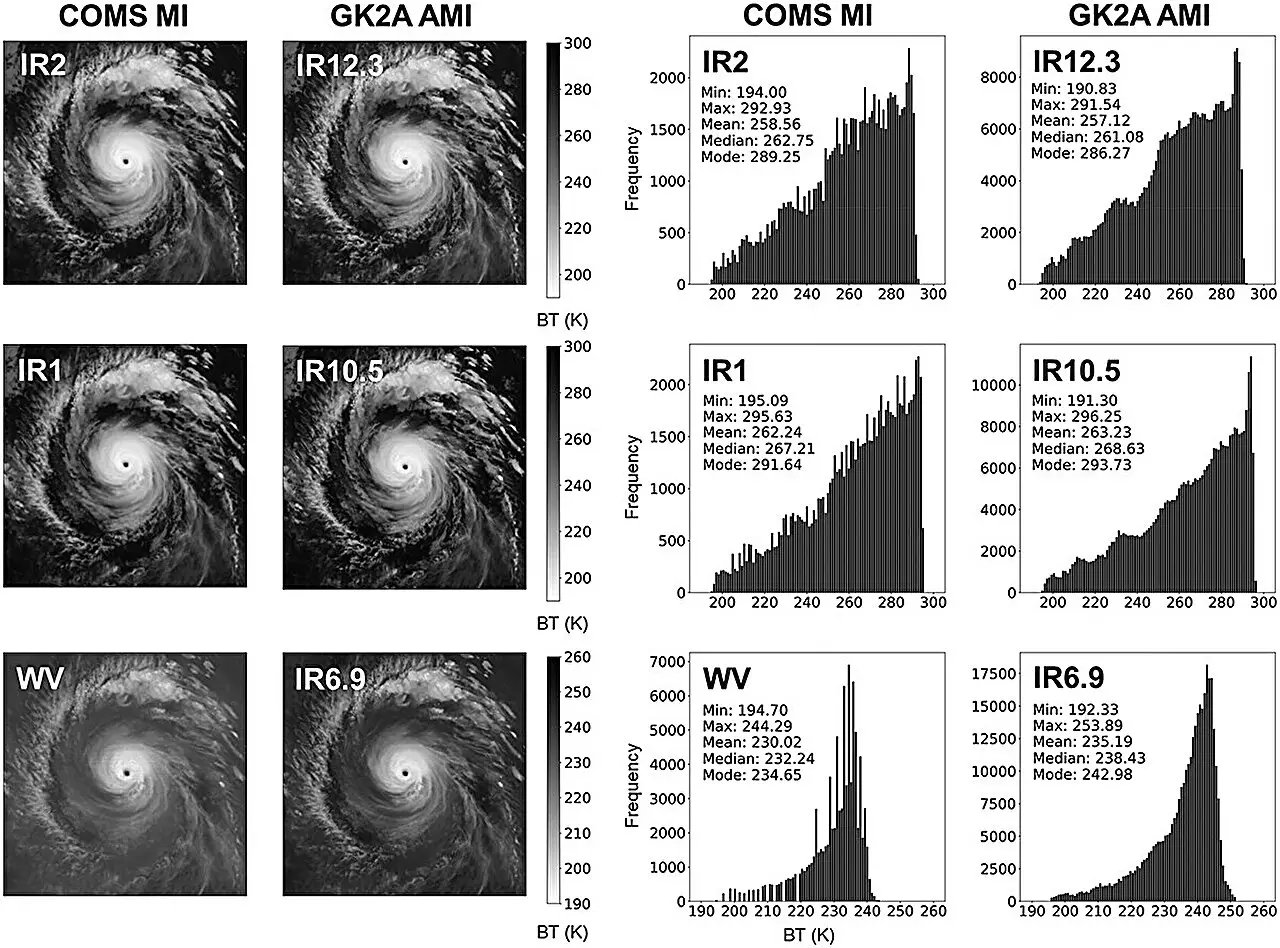In the realm of climate change and natural disasters, the accurate prediction of typhoons has always been a daunting task. However, a breakthrough technology has been developed by a dedicated team of researchers led by Professor Jungho Im at UNIST. This technology combines real-time satellite data and deep learning capabilities to revolutionize typhoon forecasting.
The innovative Hybrid-Convolutional Neural Networks (Hybrid-CNN) model proposed by the research team is a game-changer in the field of typhoon forecasting. By leveraging geostationary weather satellite data and numerical model data in real-time, this model significantly enhances the precision of typhoon predictions. Unlike traditional methods that rely heavily on the analysis of satellite data by forecasters, the Hybrid-CNN model reduces uncertainty associated with numerical models, leading to more accurate forecasts with lead times of 24, 48, and 72 hours.
Utilization of Satellite Data
The research team utilized satellite data from the Communication, Ocean, and Meteorological Satellite (COMS) as well as the GEO-KOMPSAT-2A (GK2A) to train the deep learning model. By incorporating these rich sources of satellite data, the AI was able to visually and quantitatively analyze typhoon intensity estimation, thus improving the accuracy of forecasts. This technology allows for the extraction of environmental factors affecting changes in typhoon intensity, which can be applied to enhance the overall forecast system.
The development of this groundbreaking technology holds immense implications for disaster preparedness and damage prevention. By providing forecasters with quick and accurate typhoon information, this technology ensures that timely warnings can be issued, ultimately saving lives and minimizing the impact of typhoons. The ability to objectively extract environmental factors and apply them to forecasting systems is a significant step towards more effective disaster management.
The integration of deep learning capabilities and real-time satellite data has paved the way for a new era in typhoon forecasting. The Hybrid-CNN model developed by Professor Jungho Im and his team at UNIST represents a monumental advancement in the field, promising more precise and reliable typhoon predictions. With this revolutionary technology at hand, the future of typhoon forecasting looks brighter than ever before.


Leave a Reply